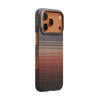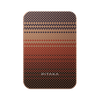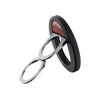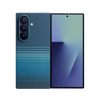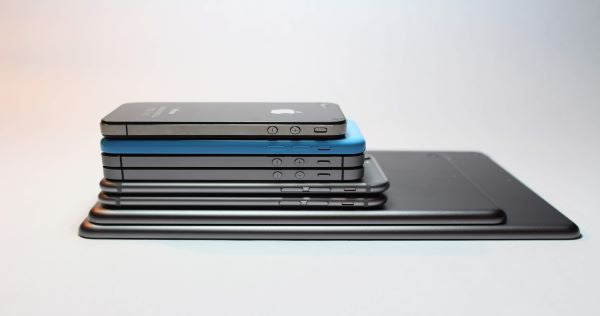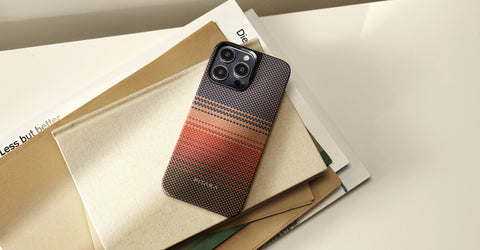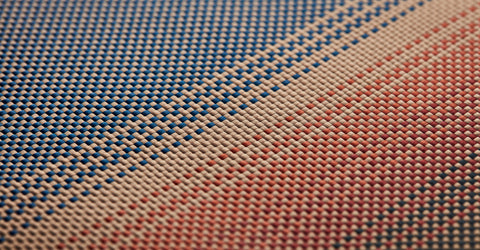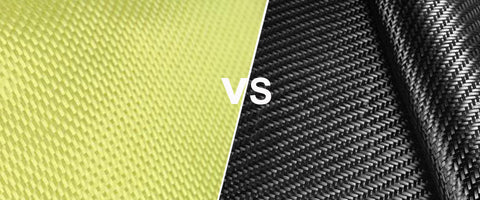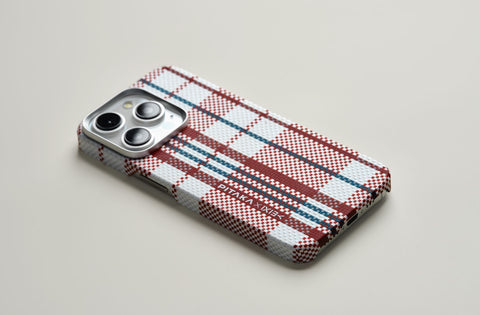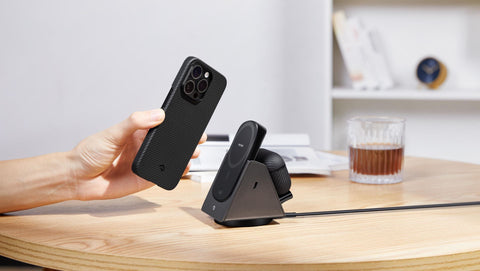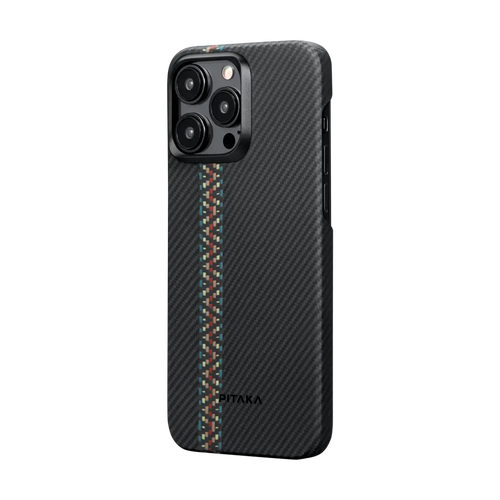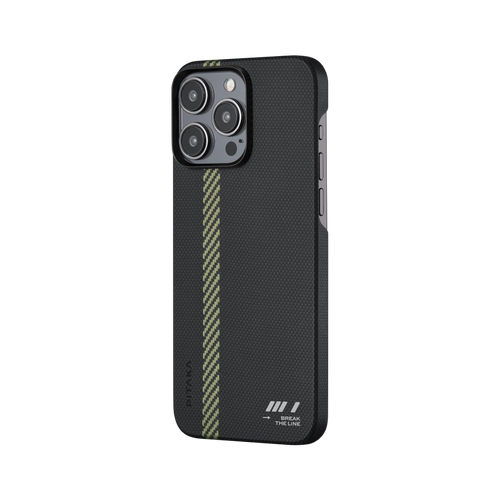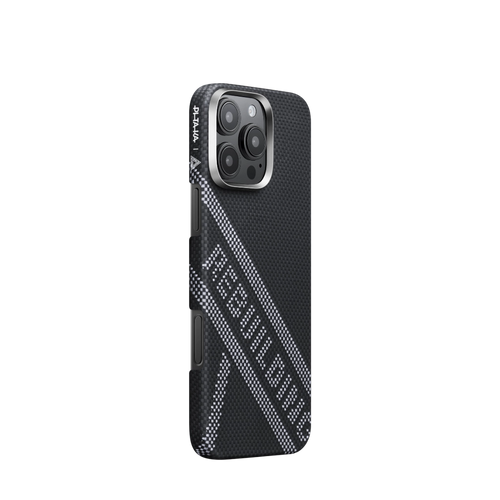Not only Samsung but also other phone makers, including Apple, are making big screen phones. In 2014, Apple released the iPhone 6 with a 4.7" screen, which at the time was considered a pretty big phone. Alongside the iPhone 6 they released the 6 Plus, which had a 5.5" display. At the time, this was huge news for smartphones. It sparked new terms like "phablets" (phone + tablet) to place these "huge" phones into their own category.

With phones steadily getting closer and closer to becoming tablets, many people are asking themselves one question.
Why Are Phone Screens Getting Bigger and Bigger?
Today, the normal-sized iPhone, iPhone 11, features a 6.1" display, and no one calls it a phablet.
The reason is that over the last six years smartphones have steadily gotten bigger and bigger, so much so that we now have a different idea of what a "big" phone really is. The bigger-is-better philosophy might be partially to blame, though there's more behind bigger phones than meets the eyes.
Bigger Battery, Bigger Screen
You might be surprised to learn that bigger phone screens are actually a side effect of us having bigger phones rather than the cause. See, in the last few years, smartphones have become unbelievably powerful. They're capable of machine learning, host multiple cameras, can perform sophisticated virtual and augmented reality simulations, and more.
To power all of this cutting edge technology, smartphone manufacturers have had to create some pretty powerful chips. But with great power comes great battery requirements. The battery on the iPhone 11 Pro Max has a 1,000 mAh greater capacity than the iPhone 6 Plus.

As you can imagine, the newer, bigger batteries require more space, which means that the phone has to get bigger. Bigger phones are also better at dissipating heat, which is important when you have large batteries and powerful chips. All of these factors lead to a bigger phone and, by extension, a bigger screen.
The Role Of Smartphones Has Changed
Another important factor that's sometimes overlooked when talking about bigger smartphones is how they've transitioned over the years. People have always used their smartphones for playing simple mobile games and watching YouTube videos. Most of these games were simple Flash programs, however, and YouTube was just for watching funny videos with your friends.
Fast-forward a decade and mobile games are now in the early stages of competing with console gaming. These games take advantage of AR and VR and are made by traditional game developers. And of course, streaming is now an extremely competitive market, with companies like Netflix, Disney, Hulu, and Apple competing for number one.

All of this change has led to smartphones becoming more and more of a media consumption device. Though we still use phones for checking our bank accounts and texting our friends, most of our time on phones is spent watching movies, tv, and playing games. And since all of these things are better with a bigger screen, our phones have continued to grow.
Screen Technology Is Improving
Screen technology has come a long way in the last few years as well, especially when it comes to fitting more screen in a smaller amount of space. Phone bezels have all but disappeared since 2017, and manufacturers have begun experimenting with new styles of phone screens.
It becomes easier to make big, or even curved phone screens. The most exciting advancements in screen tech right now are folding screens, which have started to launch on devices like the new Motorola Razr and Galaxy Fold. The Galaxy Fold gives its users a tablet-like phone that can fit in their pocket.

Are Large-Screen Cell Phones Always Better?
Although there are several reasons why smartphone screens are steadily getting bigger, the larger size comes at a cost. Here are just a few of the reasons why large-screen cell phones aren't for everyone.
- They're Prone To Scratches. Bigger the screen is, it’s more likely to get scratches when you put the phone into your pocket/bag, or when you drop your phone.
- They Use More Power. As we mentioned before, powering a bigger screen requires more battery power. This means they take longer to charge and get hot while they charge.
- They're Harder To Fit In Your Pocket. Another obvious drawback to larger phones is that big phones take up more space in your pockets. They can also be harder to hold, making them more of a two-handed device.
-
They're Easier To Drop. Because bigger phones can be harder to hold (especially if you have smaller hands) you're much more likely to drop them than compact phones.

How Can You Maximize The Performance Of Large Screen Phones?
Just a few weeks ago Samsung unveiled the Galaxy S20, which includes the S20 Plus and S20 Ultra in the lineup. These three phones are some of the biggest Samsung (or any other manufacturer) has ever made, with the S20 at 6.2" and the S20 Ultra at 6.9".
If you're looking to grab one of these large-screen smartphones and want to get the most out of it, try these tips.
USE A SCREEN PROTECTOR
One of the best ways to preserve your large-screen cell phone is to use a phone screen protector. Screen protectors help preserve the life of your phone by keeping the glass scratch-free, and they can even help prevent them from being cracked in case of a fall.

USE POWER-SAVING TIPS
Because larger smartphones consume so much power, you'll want to use power-saving strategies to preserve your battery life. To help your phone's battery last as long as possible, keep the screen brightness low, avoid extremely hot or low temperatures, don't drain your battery all the way to 0%, and delete apps that consume a lot of battery in the background, like Facebook.
USE A LIGHTWEIGHT PHONE CASE
These days, using a case with your smartphone is a must to keep them from shattering, especially since the front and back of most phones are glass now. However, with a large smartphone, you want a case that's going to provide you with excellent protection without adding to the size of your smartphone.
PITAKA has been making some of the thinnest and lightest phone cases. Even with MagSafe, their phone cases are still one of the slimmest in the market.
Scratch proof
The case is made from aramid fiber, a bulletproof material that's used in spaceships and race cars. They protect your phone against scratches from keys, coins and even knives.

Feels Comfortable
Through vacuum forming and other techniques, these aramid cases have a premium feel and texture, which make them comfortable firm enough to hold. It not only prevents phone drops, but it can also protect your phone from wear and tear.

Thin and light enough to go unnoticed
Aramid fiber is extremely lightweight, five times lighter than steel. PITAKA's aramid fiber phone cases can be as thin as 0.55mm. Magnetic phone cases are about 0.95~1.2mm thick.
Sometimes you will think your phone is naked even though it has a case on.
Screen protector friendly
PITAKA's magnetic phone cases are compatible with all kinds of screen protectors and they do not interfere with Wi-Fi, GPS or cellular signals.
Thinking About Upgrading To A Bigger Phone?
For most, switching to a bigger phone is a no-brainer. It comes with a better screen, more cameras, and longer battery life. If you're using a large screen smartphone, hope the suggestions above help you protect your phone and get the most out of it.

